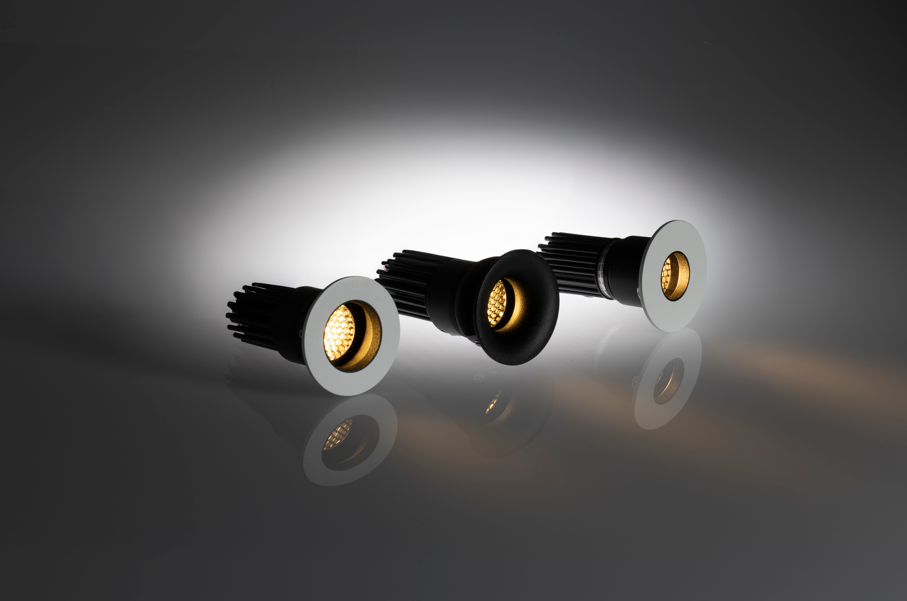The Zhaga Book 7 on linear and square LED modules has been published as IEC standard 63356-2. It is the first Zhaga industry specification that is available as IEC standard. Further Zhaga Books, such as 10, 12, 14, 18 and 20 have already been transferred to IEC and are in various stages of the adoption process.
“The Zhaga mission includes the active sharing of Zhaga specifications with other global and regional standards development organizations with the goal of gaining increased global acceptance of the Zhaga specifications”, states Dee Denteneer, Secretary General of the Zhaga Consortium.
The Book 7 equivalent IEC standard can be found here.
Zhaga Book 7 defines a family of linear and square LED modules that typically could be used for indoor lighting applications. It has been widely adopted in the market.
The LED modules require a separate LED driver (electronic control gear), and are typically mounted in a luminaire, for example by means of screws. Book 7 LED modules are intended to be mounted and replaced by professionals only. There are 18 LED module categories in Book 7, which are defined by the overall maximumdimensions of the LED modules. The maximum dimensions of the LED modules also indicate the size of the exclusion zone for luminaire design. The only restriction on the light-emitting surface (LES) of the LED modules is that all light should be emitted above the upper surface of the module. This provides maximum design freedom with respect to the placement of LEDs on the module.
To learn more about Zhaga specifications, called Books, visit the Zhaga Book overview.
For further information, please contact Axel Baschnagel, [email protected].
About Zhaga
Zhaga is a global association of lighting industry members. Zhaga standardizes interface specifications for LED luminaire components, including LED light engines, LED modules, LED arrays, holders, electronic control gear (LED drivers), connectors, sensor and/or wireless communication modules and associated devices. The Zhaga interface standards enable multi-vendor ecosystem of interoperable products. To create trust in the interoperability of products from multiple vendors Zhaga has a certification and logo-program executed by third party test houses. Through its focus on interoperability, Zhaga contributes to circularity lighting via smart, connected lighting and serviceable luminaires, supporting the UN Sustainable Development Goal 11 for sustainable cities and communities. Zhaga has set up a partner and liaison program, working with recognized Standards Development Organizations and Alliances to maximize synergies, leverage external expertise and global acceptance. For more information, visit www.zhagastandard.org.






